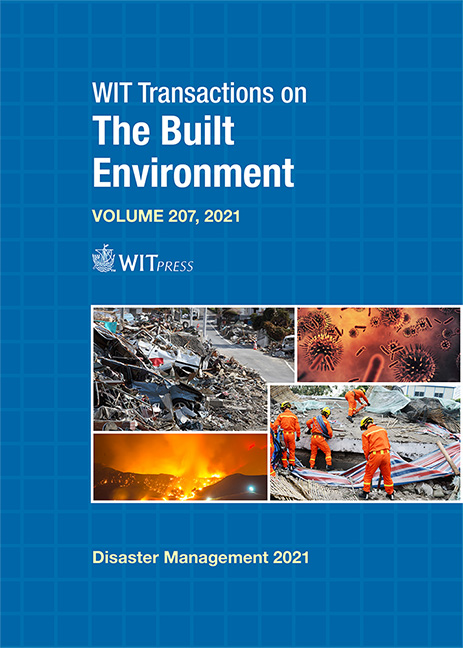REVIEWING SEISMIC VULNERABILITY DIMENSIONS: CURRENT TRENDS AND METHODOLOGICAL CHALLENGES
Price
Free (open access)
Transaction
Volume
207
Pages
10
Page Range
215 - 224
Published
2022
Paper DOI
10.2495/DMAN210171
Copyright
Author(s)
LUIS IZQUIERDO-HORNA, YUSTIN YEPEZ
Abstract
Traditionally, seismic vulnerability has been assessed considering, for the most part, infrastructure as the main evaluation component, leaving aside other dimensions of study. This result does not adequately evaluate all the anthropogenic characteristics that make a certain system more susceptible to experiencing economic, patrimonial, and human losses in the face of natural phenomena. In this context, Peru is exposed to many different phenomena of the earth’s internal and external geodynamics (i.e., earthquakes, tsunamis, volcanism, mass movements, heavy rains, drought, etc.), earthquakes being the ones that have caused the most damage and repercussions. It is for the latter, considering that seismic hazards are determined by the geographical conditions of the study area, that the main objective of this review is to study and highlight different perspectives of vulnerability analysis (i.e., social, cultural, economic, etc.) when seismic events happen. This review shows the main assessment parameters used to describe each dimension of analysis and in addition, a review of the main existing methodological frameworks is carried out, aimed at showing a comprehensive perspective of the context analyzed in order to improve the conditions and livelihoods of the population exposed to these hazards.
Keywords
seismic vulnerability, vulnerability dimensions, earthquakes, risk and disaster management, Peru




